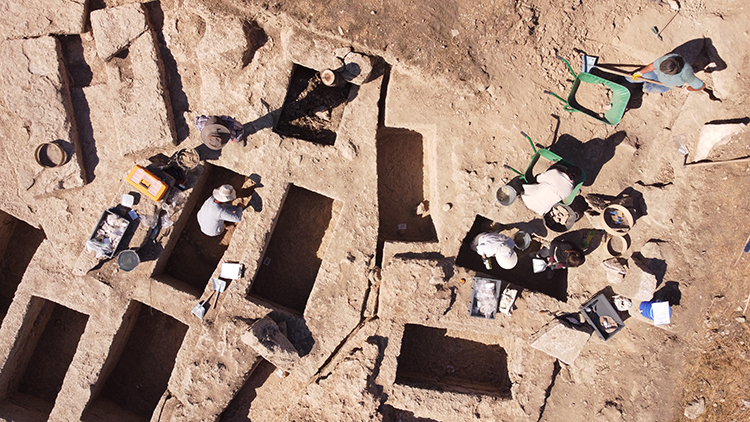
The Ancient City of Colossae Yields 2,200-Year-Old Rock-Cut Necropolis in Western Türkiye
Archaeologists have unearthed 60 bathtub-type rock-cut tombs dating back more than 2,200 years in the ancient city of Colossae (modern Honaz, Denizli) — a once-flourishing Phrygian, Roman, and Byzantine center long buried beneath the foothills of Mount Honaz in western Türkiye.
The discovery marks the first systematic excavation ever carried out in Colossae, led by Dr. Barış Yener from Pamukkale University’s Department of Archaeology, under the supervision of the Turkish Ministry of Culture and Tourism as part of its Heritage for the Future Project.
Situated near the Aksu River on the mountain’s slope, the city’s necropolis had been identified during previous surface surveys, but only in 2025 did excavations begin — revealing an unexpectedly dense burial ground carved directly into travertine bedrock.
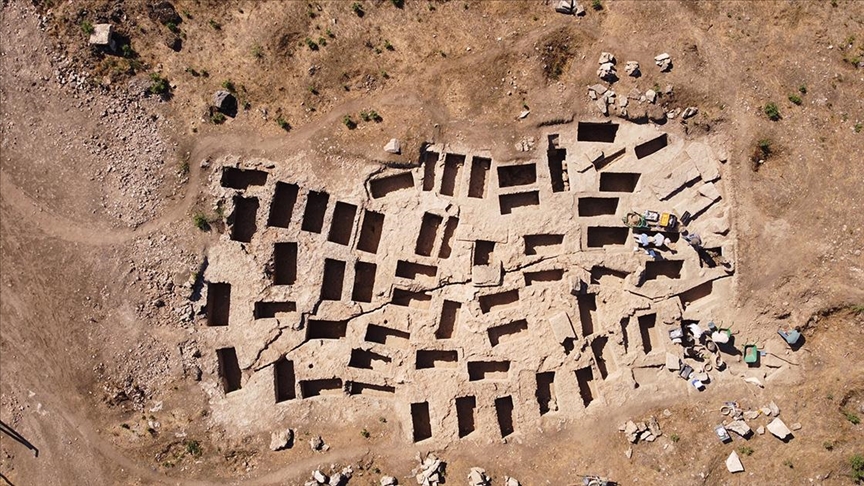
Sixty Side-by-Side Tombs Carved into Stone
The team discovered 60 rock-cut “bathtub-type” graves, some still containing skeletal remains. The tombs lie just beneath the surface, closely aligned in rows — an unusually compact configuration rarely seen elsewhere in Anatolia.
📣 Our WhatsApp channel is now LIVE! Stay up-to-date with the latest news and updates, just click here to follow us on WhatsApp and never miss a thing!!
“We’re facing one of the largest and most densely arranged rock-cut necropolises in Anatolia,” said excavation director Dr. Yener. “Each grave is around 1.8 meters long, 0.9–1 meter wide, and 1.1–1.5 meters deep. The ancient inhabitants used the geological advantages of the area brilliantly.”
According to Yener, the travertine cliffs were selected deliberately for burials. Fertile soil in the lower plains was reserved for agriculture — especially grain production — while the rocky slopes served as cemeteries.
“They managed their landscape efficiently. These people didn’t waste arable land; they used the stony ridges as burial zones,” Yener added.
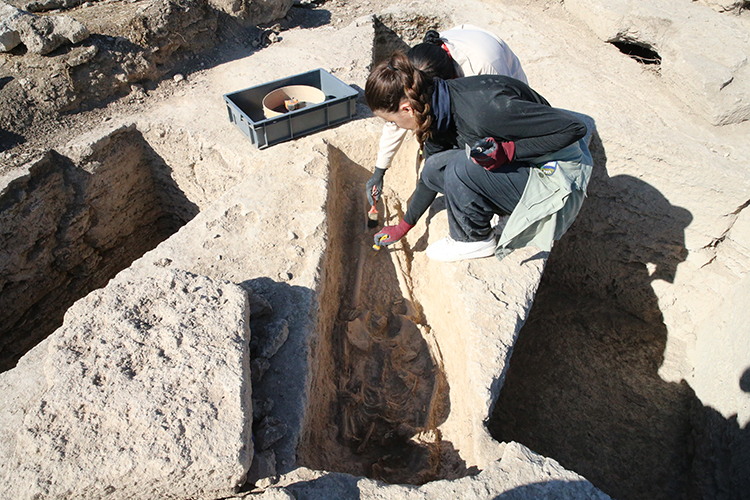
Magic, Amulets, and Afterlife Beliefs
Excavations revealed that the tombs were not merely resting places but reflections of a deeply spiritual worldview.
“We found many amulets, talismans, and healing stones, showing how strongly the people of Colossae believed in protective magic and supernatural forces,” said Yener.
Such artifacts, he explained, provide a rare window into the spiritual life of ancient Anatolians — where everyday rituals and funerary customs often intertwined. Alongside these, archaeologists uncovered terracotta and glass bottles, oil lamps, coins, and fragments of sandals — offerings thought to guide or protect the deceased during their journey to the afterlife.
“These grave goods illuminate how the boundaries between daily faith and posthumous rituals blurred in ancient Anatolian culture,” Yener noted.
From the Chalcolithic to the Byzantine Era
Archaeological evidence shows that Colossae’s history extends back to the Chalcolithic Period (5000–3000 BCE), long before it rose to prominence in the 6th century BCE as a key Phrygian and later Persian trade hub.
The city became famous across the ancient world for its wool and textiles, which were exported throughout Asia Minor.
During the Roman and Byzantine periods, Colossae retained religious importance. It is mentioned in early Christian sources — most notably in the Epistle to the Colossians attributed to St. Paul, addressed to the Christian community of the city.
However, a major earthquake in the 1st century CE devastated Colossae. Over time, its population shifted to nearby Hierapolis and Laodicea, two prosperous Roman cities. Eventually, during the Byzantine era (692–787 CE), the settlement was relocated and rebuilt as “Chonae”, on the site of modern Honaz. The ancient city itself was gradually abandoned after another earthquake.
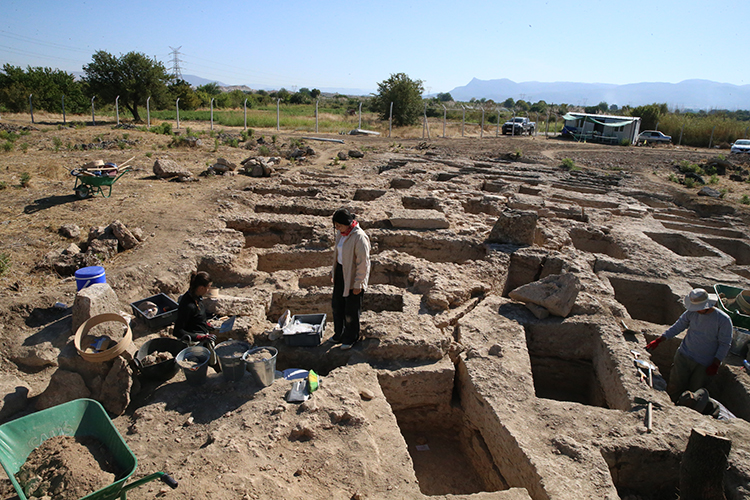
Yener emphasizes that the new findings provide an unbroken chronological sequence spanning nearly 5,000 years of settlement, from the Late Chalcolithic through the Turkification of Honaz in 1206 CE.
“We can now trace continuous habitation in this area — filling a critical chronological gap in western Anatolian archaeology,” he said.
Protected Under Heritage for the Future
The newly uncovered necropolis covers approximately 20,000 square meters and has already been fenced and placed under 24-hour camera surveillance to prevent looting. The project is part of Türkiye’s national initiative to document and preserve archaeological heritage sites before they are endangered by modern development.
Yener and his team plan to continue excavations in the coming seasons to map the full extent of Colossae’s core and surrounding settlement.
“Colossae has the potential to become a major site for faith tourism, just like nearby Laodicea and Hierapolis,” he noted. “It was a city that connected trade, spirituality, and landscape in a uniquely Anatolian way.”
Archaeologists excavating side-by-side rock-cut tombs in the ancient city of Colossae, Denizli, Türkiye — part of a 2,200-year-old necropolis uncovered during ongoing excavations. (Photo: Sebahatdin Zeyrek / Anadolu Agency)
You may also like
- A 1700-year-old statue of Pan unearthed during the excavations at Polyeuktos in İstanbul
- The granary was found in the ancient city of Sebaste, founded by the first Roman emperor Augustus
- Donalar Kale Kapı Rock Tomb or Donalar Rock Tomb
- Theater emerges as works continue in ancient city of Perinthos
- Urartian King Argishti’s bronze shield revealed the name of an unknown country
- The religious center of Lycia, the ancient city of Letoon
- Who were the Luwians?
- A new study brings a fresh perspective on the Anatolian origin of the Indo-European languages
- Perhaps the oldest thermal treatment center in the world, which has been in continuous use for 2000 years -Basilica Therma Roman Bath or King’s Daughter-
- The largest synagogue of the ancient world, located in the ancient city of Sardis, is being restored

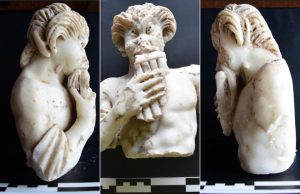
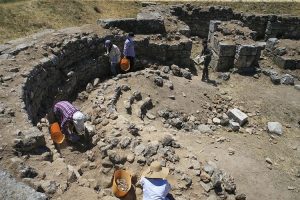
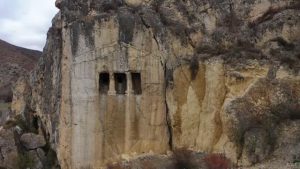
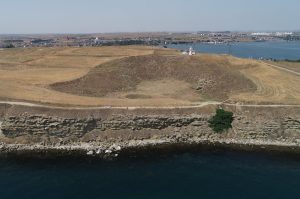
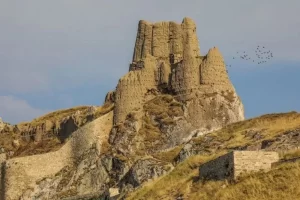
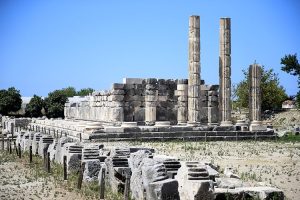


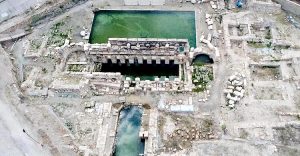
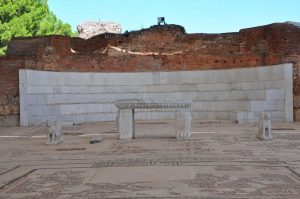
Leave a Reply